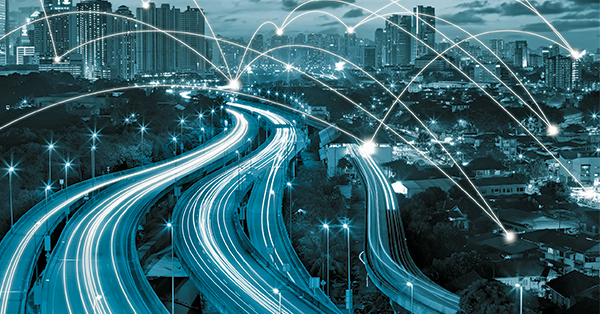Recently, I was invited to talk in a webinar on the management challenges faced by the infrastructure industry. As my area of work is reputation strategy and reputation risk management, I decided to stay focused on this aspect of the management challenge during the webinar. Interestingly, whether the schools and colleges we went to, the airports and roads we use, or the healthcare system we rely on – infrastructure industry is an active part of our lives. Hence, we are bound to have some opinion on the industry but we may not be the experts. To avoid colouring my opinion because of my observations as a user, I first conducted a perception study with inputs of professionals across industries like aviation, mutual funds, banking, journalism, logistics, and even consultants. While everybody agreed that the role of the infrastructure industry is extremely important for the country’s economy, this observation was padded with labels like bureaucratic challenges, red-tapism, delays, and other negative connotations. Importantly, when asked to rate the reputation of the industry as good or poor, most professionals answered between “Poor” to “Very Poor.”
Factually the reality is not this bad. There are many parameters on which the infrastructure industry fares truly well and has been instrumental in many achievements ranging from the success of e-commerce in India, many large-scale defence projects, to even our space missions. Despite this, poor perception continues to plague the industry.
Does it have a rub-off effect on the infrastructure companies? Yes, Of course!
So, what can infrastructure companies do?
I would recommend that the industry must consider a holistic communication strategy to rebuild its perception and eventually reputation.
Keep them informed through digital dashboards and portals
One of the biggest irritants of the infrastructure industry is that the turnaround times seem almost endless. Hence, if people have access to the exact progress of a project, they could be more empathetic towards delays and hold-ups. Creating a digital dashboard on your company’s website that can be accessed easily helps to keep the stakeholders informed & engaged.
Secondly, having a mega portal also helps. The infrastructure industry is by itself a multi-stakeholder industry and hence approvals for any project also have to pass through several layers. Bringing in a mega portal to keep a track of the processes and making it available to the public is a good step in communicating with the stakeholder. This has multiple advantages – it helps to make the concerned authorities take up accountability, enhances transparency, reduces information asymmetry, and finally brings in a component on empathy & engagement.
The success of both depends on the popularity of such dashboards and portals, and also the frequency of access by common people. Hence infrastructure companies have to go the extra mile in connecting with the larger world and making and effort to connect with them.
Build associations with the users
Typically, companies tend to focus on immediate stakeholders like clients, bankers, investors, and various ministries. However, each of these and more are also the users. Most often this fine nuance is missed in their communication strategy, making it dry & irrelevant. This in turn influences perception and reputation.
Think about the last time anyone heard of a dam being opened in a certain locality or a bridge being constructed. All one might have heard or read about would be of a politician who inaugurated its opening. Clearly, this is not something that would interest a user. Instead, if the company highlights why the dam is important for this city, what features it has, how will it help citizens, one might be more engaged & appreciative. The key point that infrastructure companies must realize is to answer one question for the users – what is in it for me? Only through this can you engage better with the public.
One of the Maharatna companies that we consult has done some outstanding work during the lockdown – including providing gas cylinders on-demand to households and making their petrol pump stations available for migrant workers who are traveling back to their hometowns as vishram stops along with providing them food. Using the power of storytelling we then communicated these initiatives on various platforms. Consumers, influencers, social activists, and the likes further amplified this organically, thereby enhancing their reputation. Unless we talk about such steps in a compelling way, most people will never even know of them.
Telling your own story, highlighting why it matters to the listener, and amplifying it through organised channels, enables you to control the narrative and shape perceptions. Both go a long way in building your reputation. While the public might think that the infrastructure industry is only building castles in the air without actually producing the result, the reality is far from it. Let the world know your power- communicate effectively.
The views and opinions published here belong to the author and do not necessarily reflect the views and opinions of the publisher.



Be the first to comment on "How the infrastructure industry can change its “Building Castles in the Air” tag"